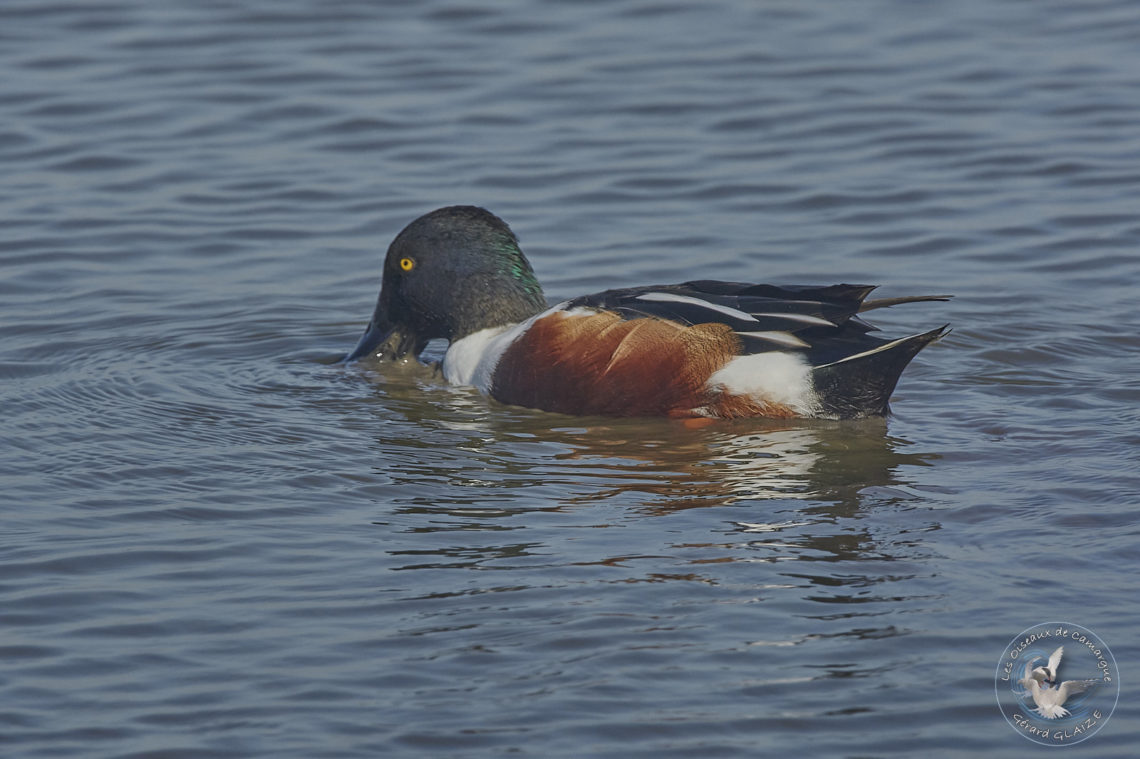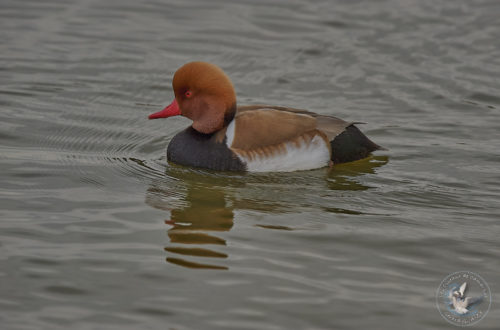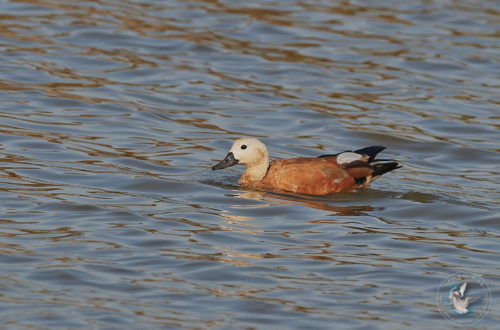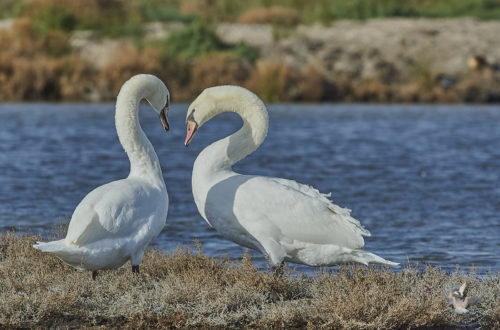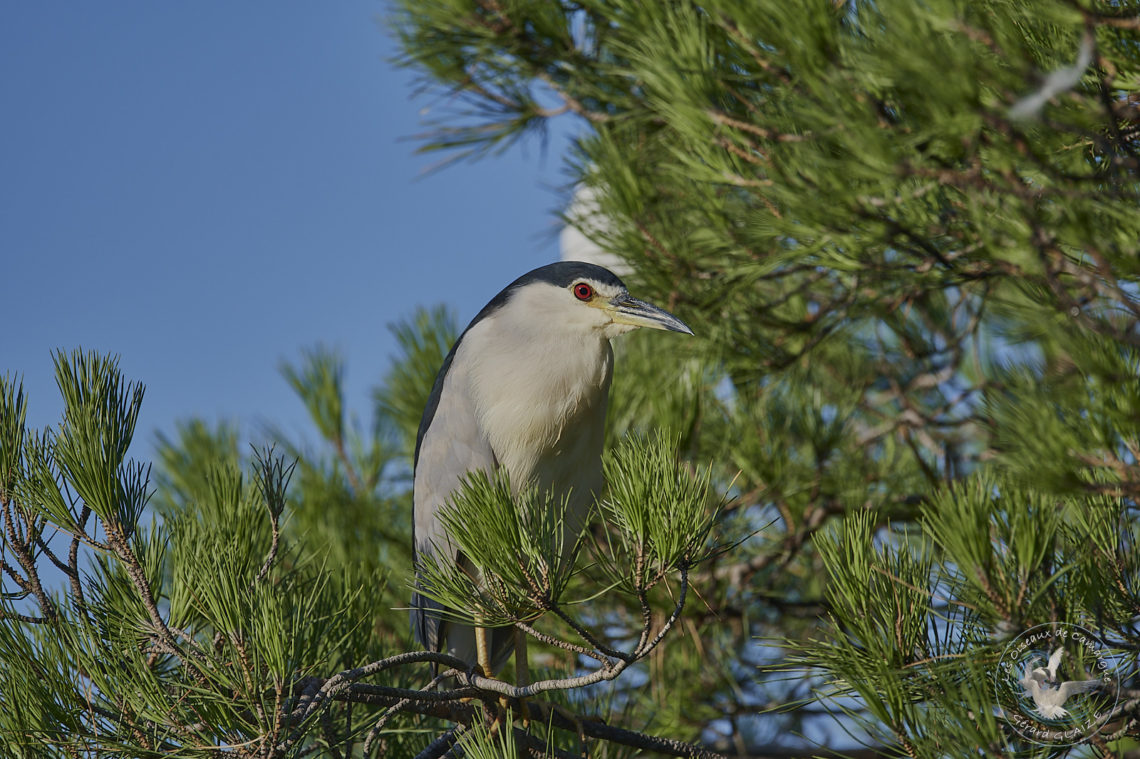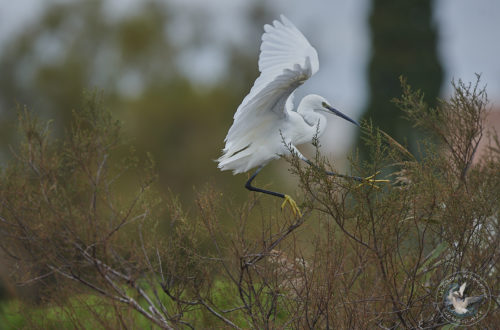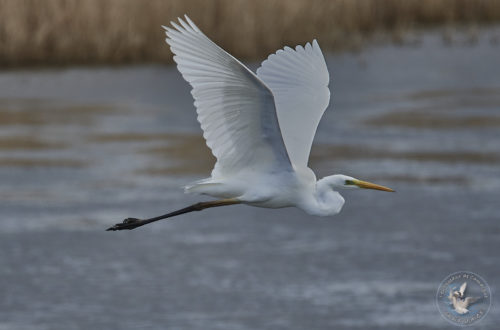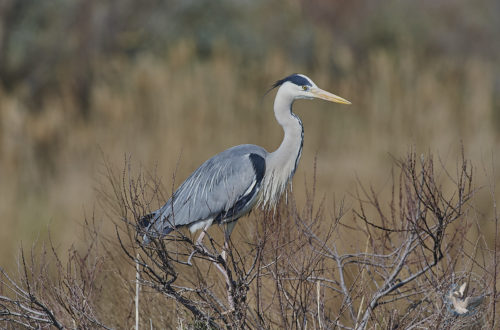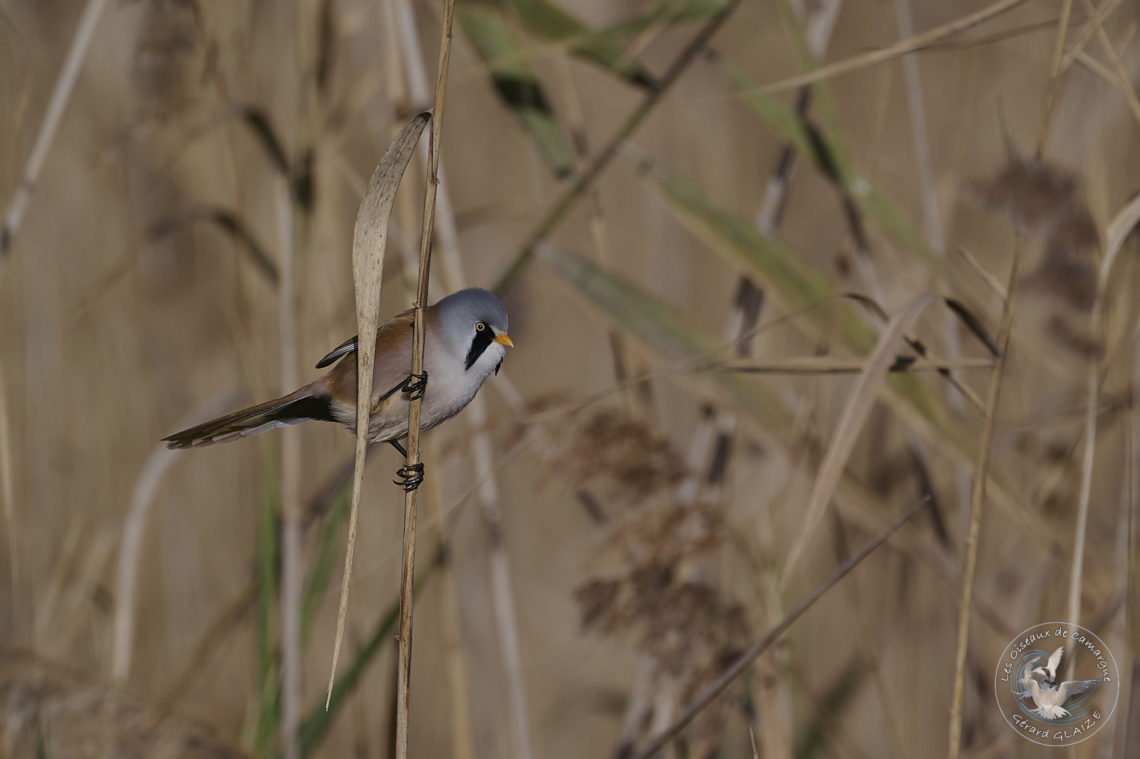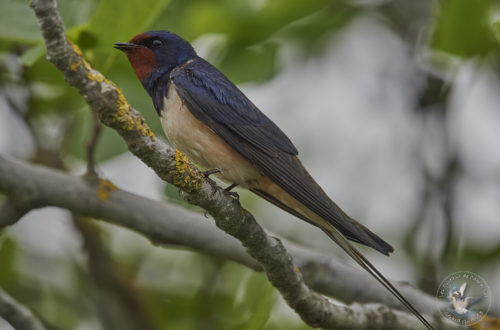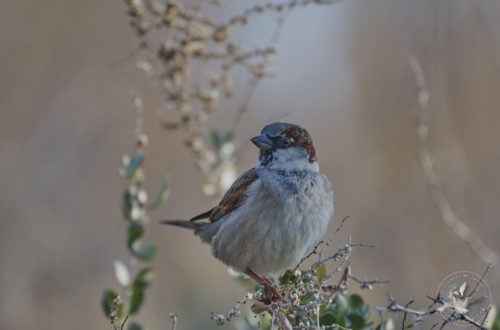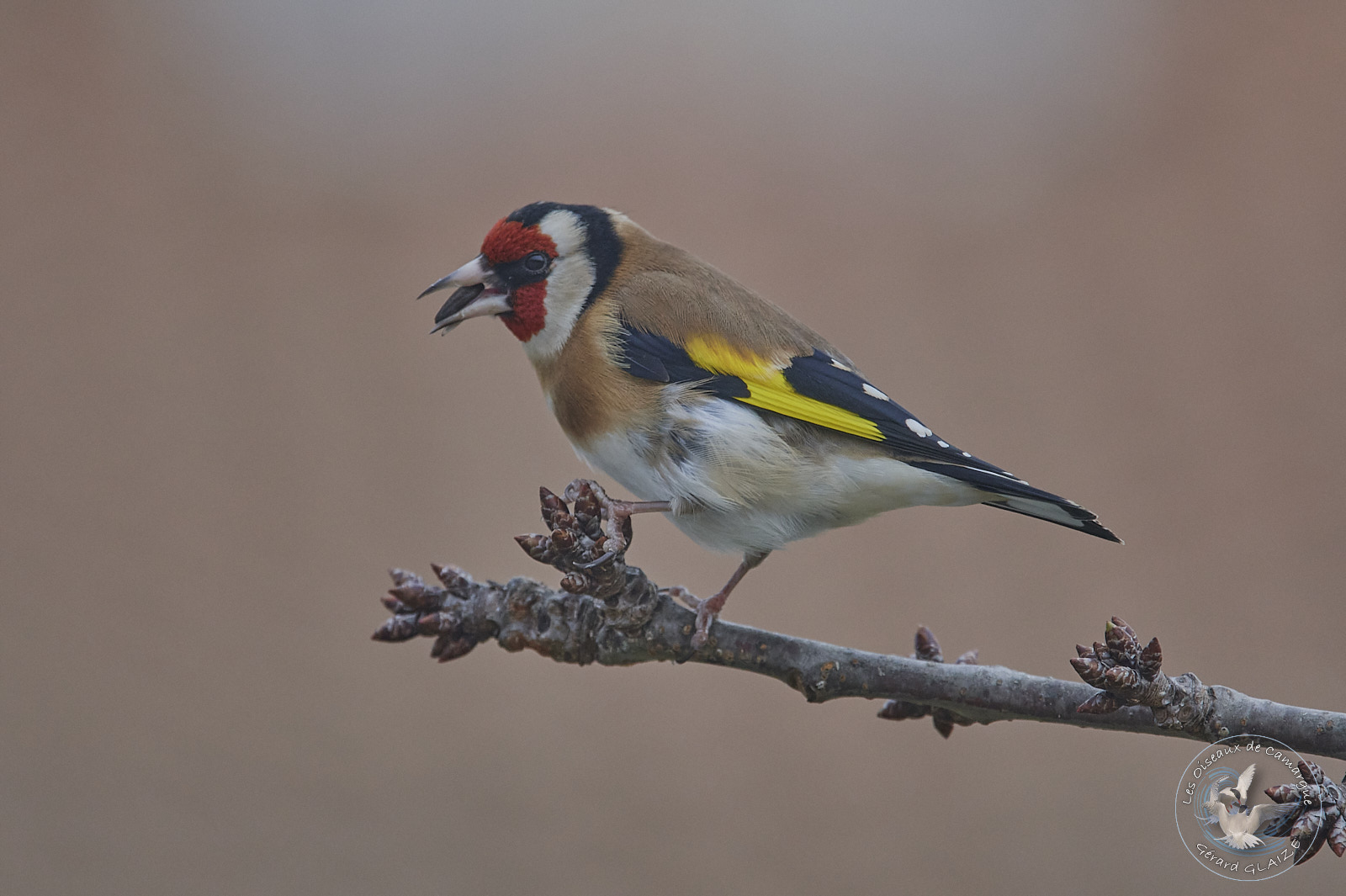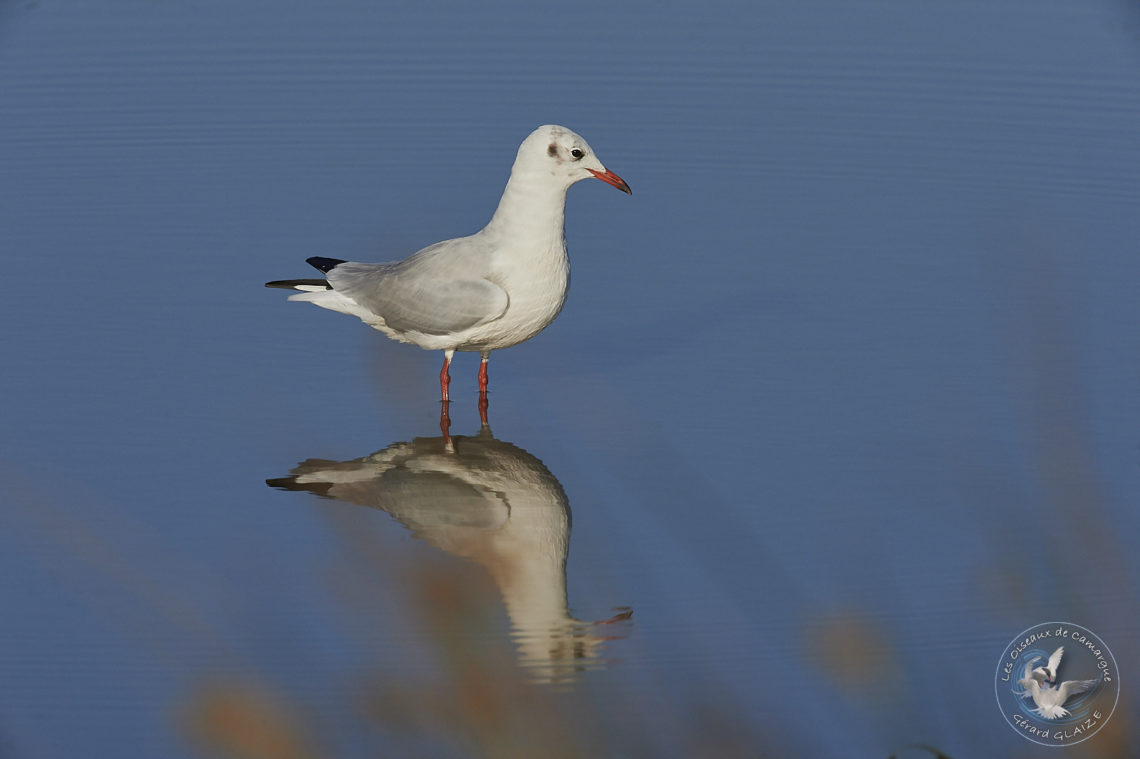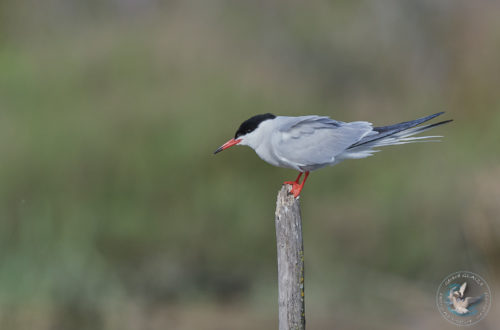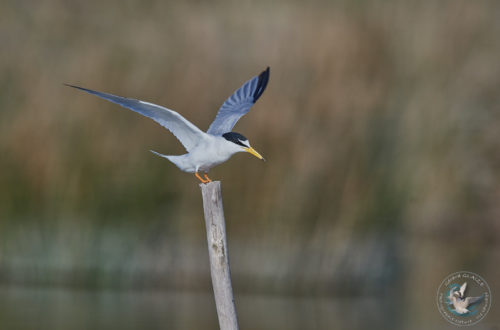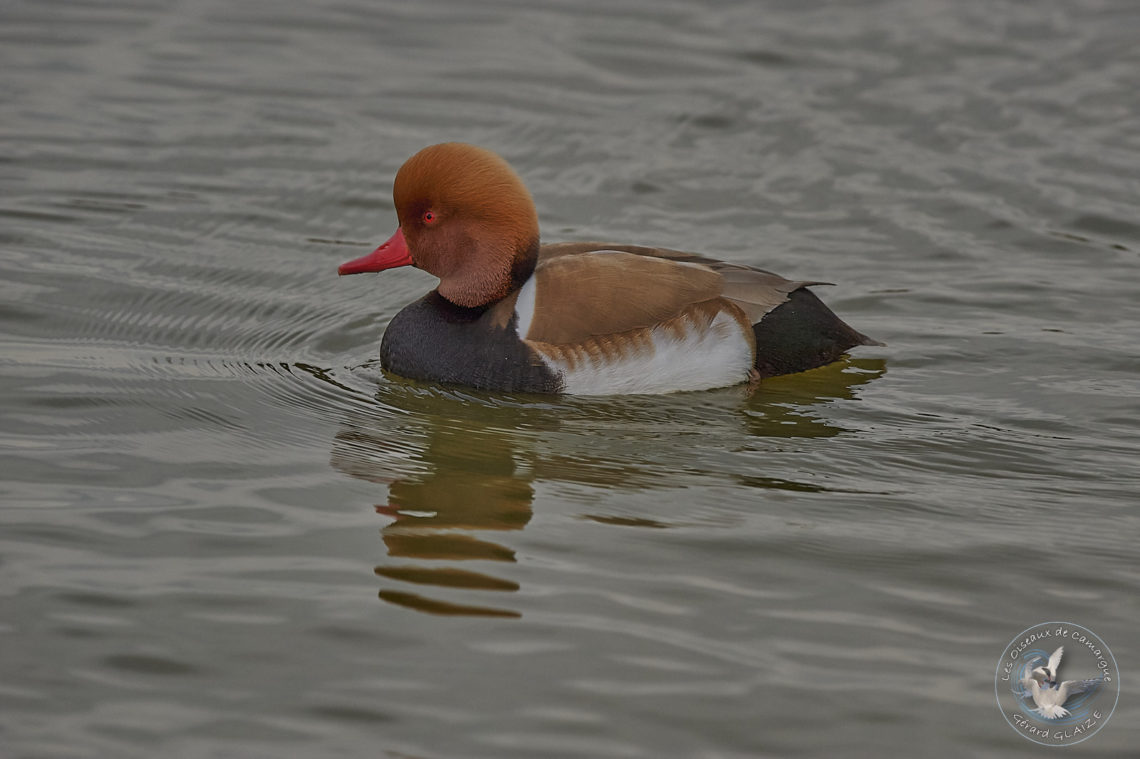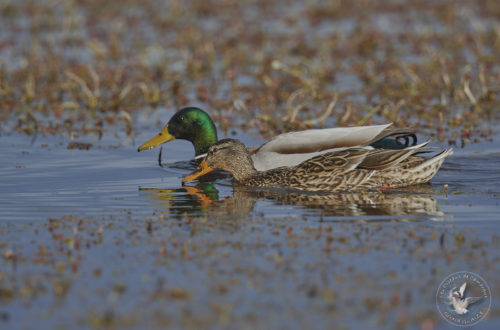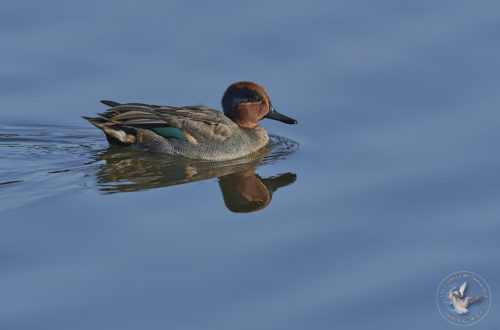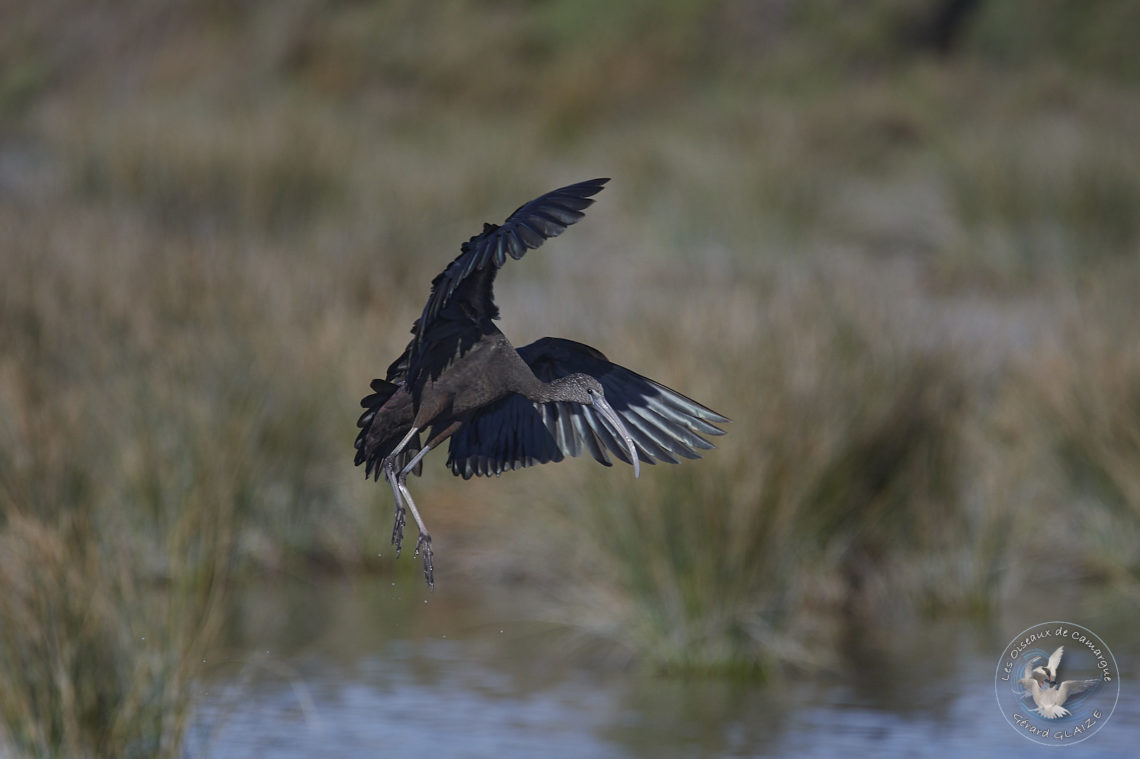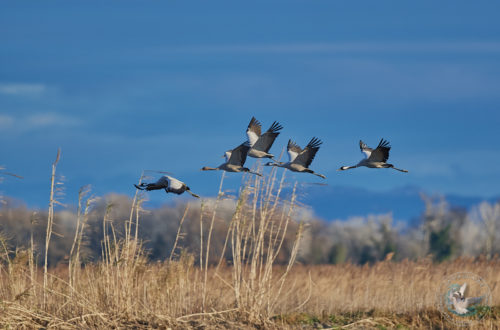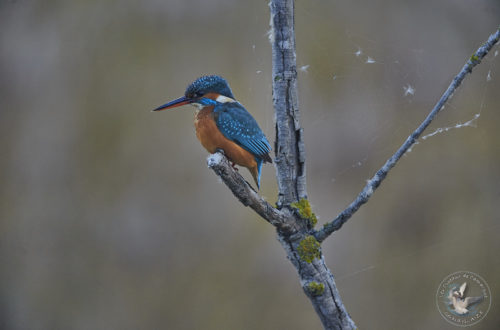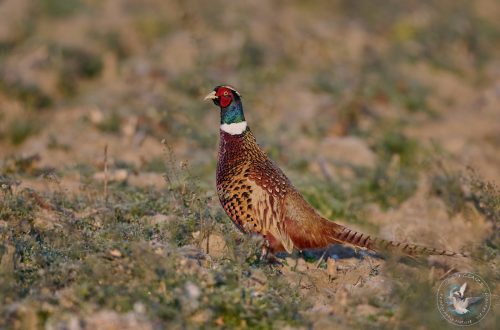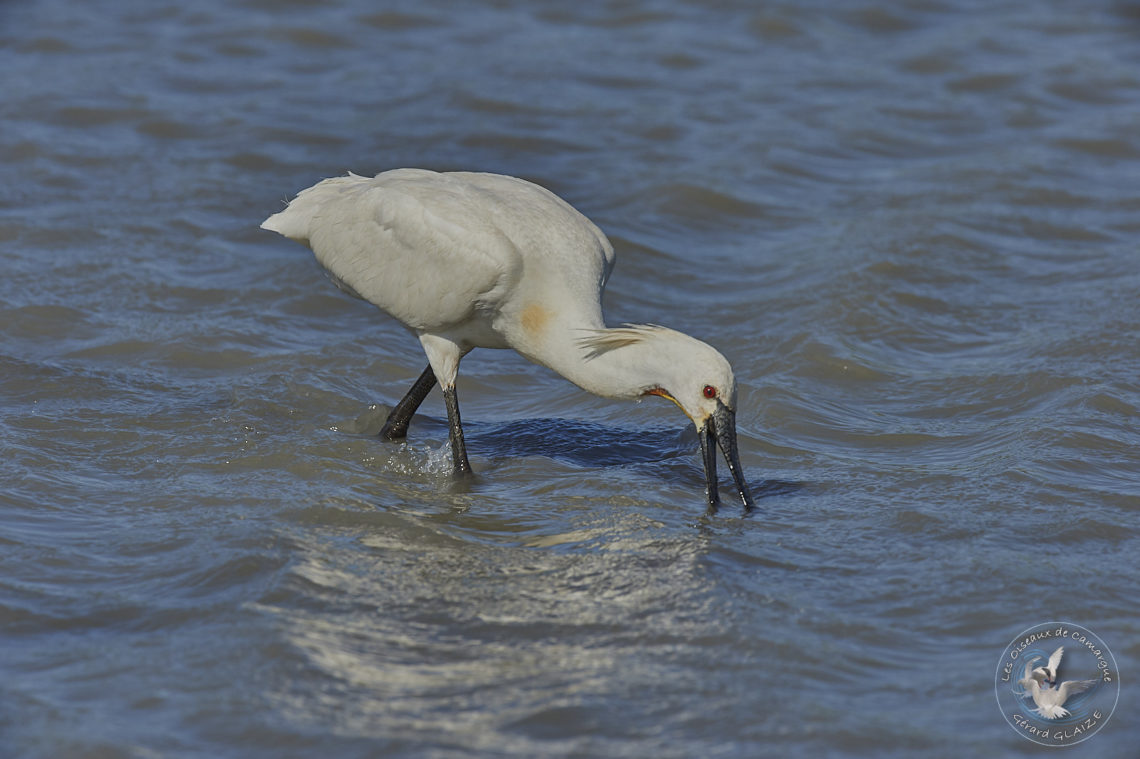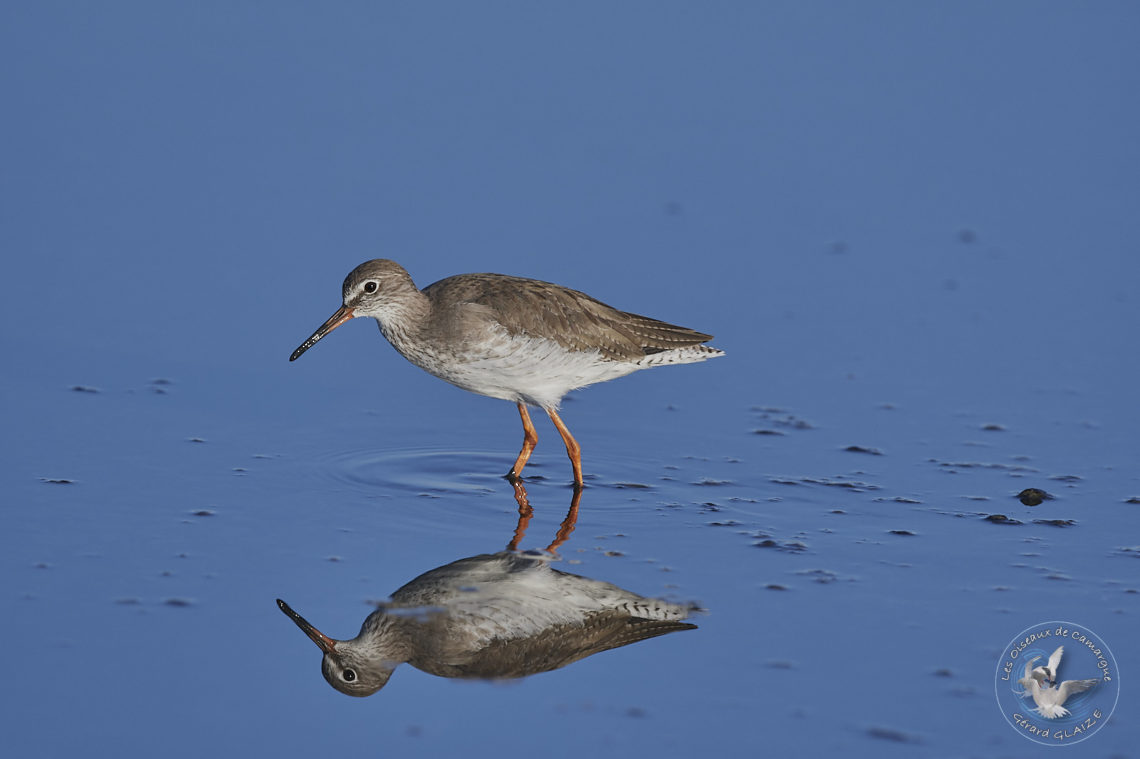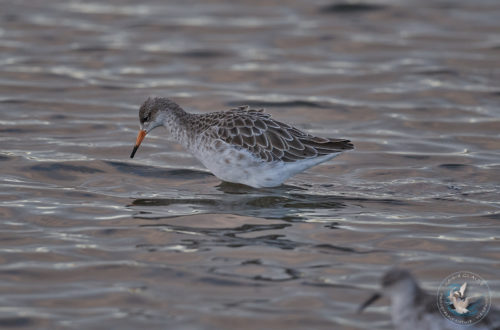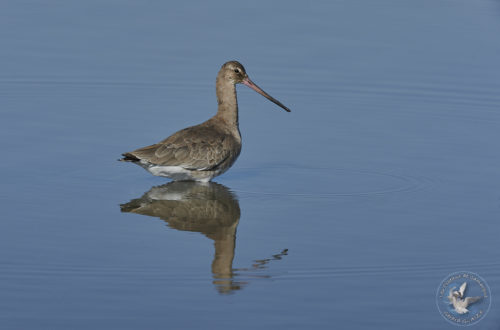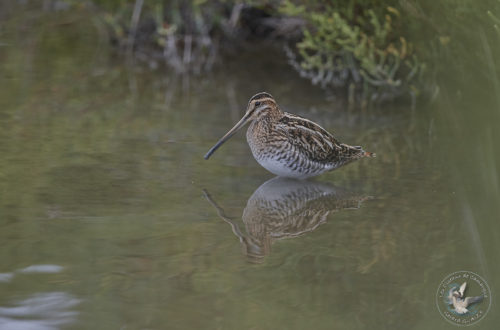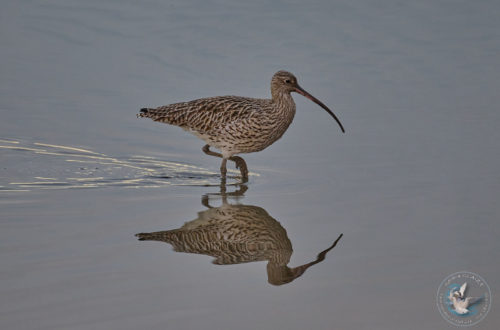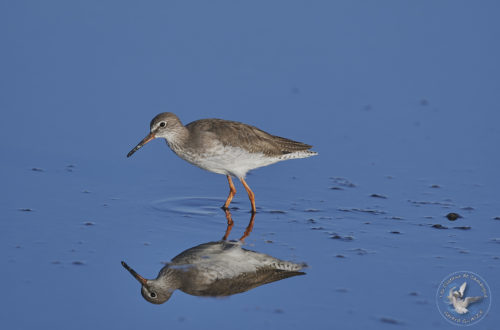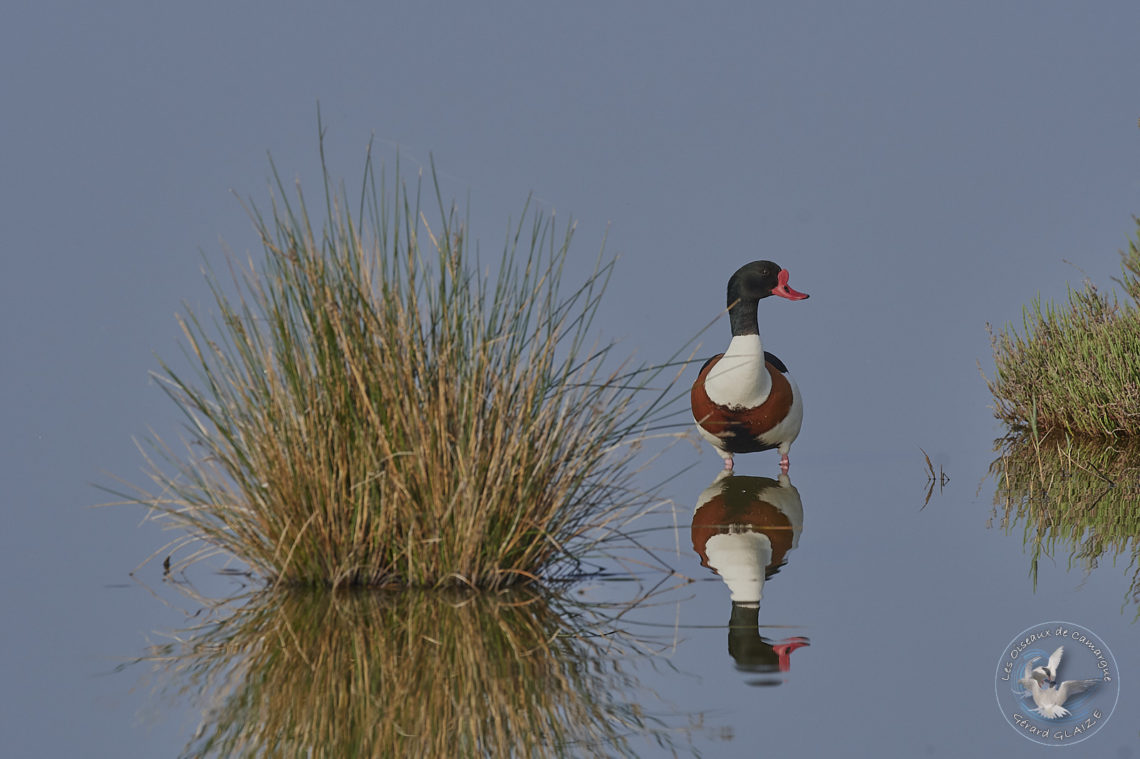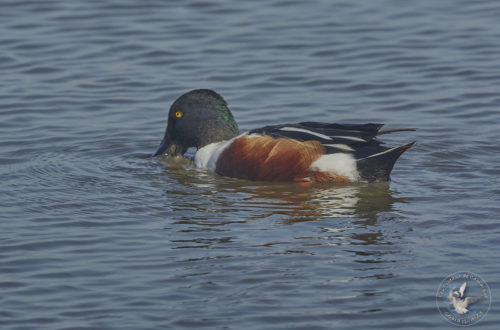Species sheet
Species sheet : Birds (Aves) are a class of tetrapod vertebrates characterized by bipedalism, wings and a toothless beak. Surviving the Cretaceous-Paleogene extinction, modern birds (Neornithes) are the only living representatives of theropod dinosaurs.
In 2020-2021, there are around 10,700 to 11,150 recorded species of birds, more than half of which are passerines.
Birds are generally adapted to flight but some species, such as ostrich, emu, kiwi and penguins cannot fly.
The young is called a fledgling or chick. Larger it is described as juvenile then immature.
The branch of zoology that studies these is called ornithology.
Species sheet of the articles always follows the same plan and summarizes the main characteristics:
- The description
- The Flight
- The Habitat
- The Regime or Diet
- The Nesting
- The Migration
- The Protection
- The Song ou the Cry

-
Northern Shoveler
The Northern Shoveler is a surface dabbling duck. It is characterized by a massive, elongated beak, flattened and widened at its end in the shape of a small spatula.
-
Black-crowned Night Heron
Black-crowned Night Heron is a stocky bird with a broad head, thick, short neck, and short legs. The adult has black crown and mantle. The black bill is short and thick.
-
Bearded Reedling
Bearded Reedling is a passerine the size of a chickadee, with a long stored tail. The male, in its nuptial plumage, presents itself as a very red bird with a gray-blue-blue head it sporting two long and very visible black "mustaches" starting from the lores.
-
Black-headed Gull
Black-headed Gull is a bird of the Laridae family, it is white in color with pearl gray wings except the black tip.
-
Red-crested Pochard
This diving duck is remarkable for its very contrasting colors. Male and female are quite dissimilar. The male has a bright red head with a yellow underside. The neck, chest and belly are black, the sides white and the back dark brown.
-
Glossy Ibis
Glossy Ibis is a species of bird in the Threskiornithidae family. At first glance it appears black, but it has rust colored feathers with metallic green tints.
-
Eurasian Spoonbill
Eurasian Spoonbill is recognizable by its drooping crest, and its long, wide bill, curiously wrinkled and spatulate at the end.
-
Spotted Redshank
Spotted Redshank is a species of shorebird belonging to the family Scolopacidae. It is a slender, long-legged wading bird, slightly larger than the common redshank.
-
Black-tailed Godwit
Black-tailed Godwit is a species of shorebird in the Scolopacidae family. It is one of the two species of godwits living in France. It is a fairly large wader without well-marked sexual dimorphism. The females have a slightly paler plumage and are a little larger.
-
Common Shelduck
The Common Shelduck is a cave-dwelling species that preferably nests in rabbit burrows. It is the largest surface duck in France.
